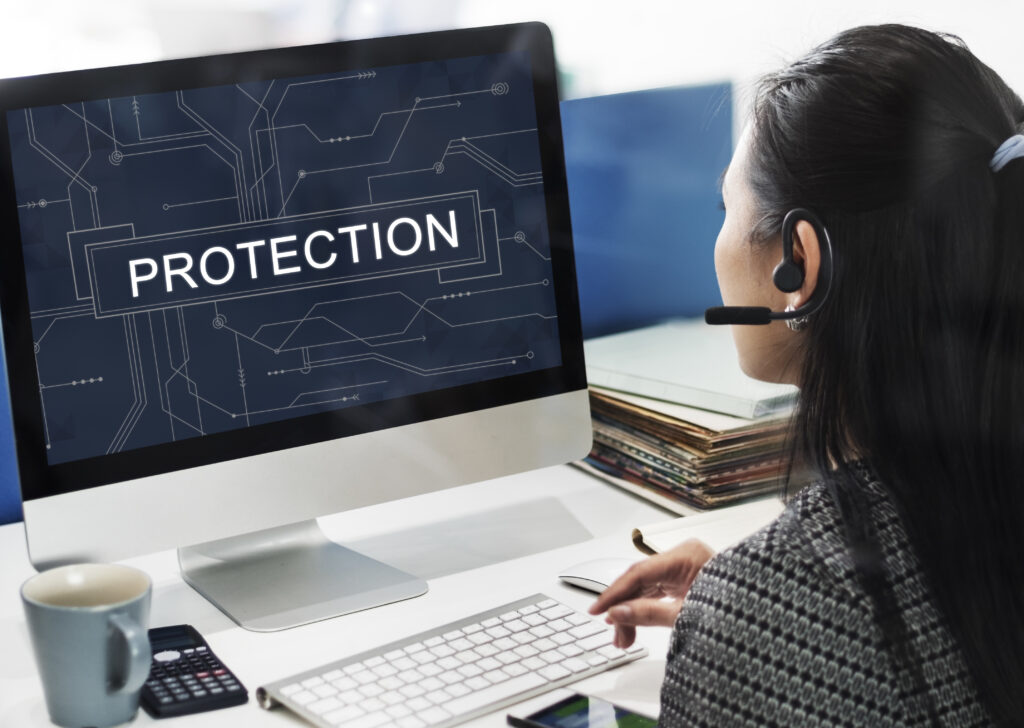
Have you ever thought about the critical information that passes through your communication channels daily? Imagine sharing confidential designs, trade secrets, or innovative ideas over a platform that is vulnerable to interception. What if a competitor accessed your intellectual property (IP) and used it to get ahead in the market?
Intellectual property is often the lifeblood of innovative companies, and protecting it has never been more crucial. Whether you’re sharing proprietary research, product designs, or business strategies, secure communication plays a pivotal role in safeguarding this valuable information. In today’s digital landscape, ensuring that your IP remains confidential requires more than just password protection—it requires encryption and strong security practices.
In this article, we’ll discuss how secure communication can protect your intellectual property and offer best practices for keeping your business safe.
Why Protecting Intellectual Property Is Essential for Every Business
Intellectual property (IP) represents the innovations, ideas, and creations that give businesses their competitive edge. From tech startups with patented software to creative agencies with original designs, IP is the key to long-term success.
But what happens if this sensitive information gets into the wrong hands?
- Data Breaches Lead to Significant Losses: According to a fictional company, InnovateTech, an unsecure email platform allowed a competitor to intercept their product launch plans. This resulted in the competitor releasing a similar product ahead of InnovateTech, leading to millions in lost revenue.
- Reputation Damage: A breach of sensitive communication can destroy the trust between you and your clients, partners, or investors. Once lost, reputation is hard to rebuild.
Secure communication tools, such as encrypted chat, offer a protective layer that prevents unauthorized access to your most valuable assets.
How Secure Communication Protects Intellectual Property
1. End-to-End Encryption for Confidential Discussions
End-to-end encryption (E2EE) ensures that only the sender and intended recipient can access the information shared during a communication session. When you communicate sensitive IP through encrypted chat, your data is transformed into ciphertext, unreadable by any third parties.
- Example: A fictional company, Creative Solutions, uses encrypted chat to collaborate with designers on new product blueprints. This ensures that sensitive designs remain protected from industrial espionage and unauthorized parties.
2. Encrypted File Sharing for Documents and Designs
When sharing product blueprints, proprietary research, or marketing strategies, ensuring the security of your files is essential. Secure communication platforms enable encrypted file sharing, protecting the contents of your documents from prying eyes.
- Pro Tip: Choose a secure communication tool that offers both encrypted messaging and file-sharing capabilities to streamline and secure your workflow.
Best Practices for Securing Communication Channels to Protect IP
1. Implement Role-Based Access Control (RBAC)
Not everyone in your organization needs access to sensitive information. By using role-based access control (RBAC), you can limit access to communication channels based on the employee’s role, reducing the chances of accidental data leakage.
- How It Works: Only employees with a need-to-know basis should have access to critical intellectual property. For instance, only senior engineers might have access to product designs, while marketing teams only handle campaign details.
2. Use Two-Factor Authentication (2FA) for Enhanced Security
Two-factor authentication (2FA) adds an additional layer of security beyond passwords. When employees communicate sensitive IP, enabling 2FA ensures that even if a password is compromised, the data remains secure.
- Action Step: Require all employees to activate two-factor authentication for accessing encrypted communication tools.
3. Regularly Update Security Protocols
Hackers continually evolve their tactics, making it necessary to update encryption standards and security protocols frequently. Ensuring that your communication platforms are up-to-date with the latest security patches helps protect against newly discovered vulnerabilities.

Real-Life Application: How One Company Secured Its IP
Let’s take a look at a fictional company called TechGen Solutions. Specializing in AI-powered software, TechGen faced constant threats from competitors trying to steal their cutting-edge algorithms.
Before implementing encrypted communication tools, TechGen noticed several phishing attempts and a few suspicious log-ins to their internal chat system. They quickly adopted a secure messaging platform with E2EE and two-factor authentication.
After the switch, TechGen was able to thwart numerous attempts to access their IP. Additionally, with role-based access control, they limited communication about sensitive projects to key stakeholders. As a result, TechGen saw an increase in employee confidence, knowing that their innovations were safe from competitors.
Securing Communication Channels Across Devices
With more businesses adopting remote and hybrid work models, protecting IP means securing communication across multiple devices. Whether employees are using laptops, smartphones, or tablets, your communication channels must remain secure on every platform.
1. Device Encryption
Ensuring that devices used to access sensitive information are encrypted is crucial. This ensures that even if a device is lost or stolen, unauthorized users cannot access the data stored on it.
2. Remote Device Wiping
In the case of lost or stolen devices, remote wiping capabilities allow businesses to delete sensitive information from the device, preventing unauthorized access.
- Action Step: Implement remote wiping policies for any company-owned devices used to communicate sensitive IP.
Compliance Requirements for IP Protection
1. GDPR and IP Protection
The General Data Protection Regulation (GDPR) mandates that businesses operating in Europe protect personal data with the highest standards. While it primarily focuses on personal data, intellectual property is often intertwined with personal information, making GDPR compliance essential for protecting both.
2. NDAs and Legal Agreements
Ensure that all communication channels comply with non-disclosure agreements (NDAs) and other legal frameworks that protect intellectual property. Secure messaging platforms help enforce these agreements by providing tamper-proof communication logs, ensuring that confidential information shared in chats is legally protected.
How Could It Be Better? Strengthening IP Protection in the Future
Even with encrypted communication tools, businesses can take additional steps to safeguard their intellectual property:
- AI-Powered Threat Detection: Leveraging artificial intelligence to identify potential threats can alert businesses to unusual activity before a breach occurs.
- Blockchain Technology: Using blockchain to protect intellectual property allows for a tamper-proof record of who accesses what data, ensuring a secure audit trail for your most valuable assets.
- Zero Trust Security Model: Shifting towards a Zero Trust model means verifying every user and device that tries to access sensitive IP, preventing unauthorized access from both external and internal threats.
Table of Contents
Intellectual property is one of the most valuable assets a business can hold, and securing it through encrypted communication is not just a recommendation—it’s a necessity. Whether you’re sharing sensitive designs, confidential research, or strategic plans, ensuring that your communication channels are protected is essential for the longevity and success of your business.
Are you ready to secure your IP with encrypted communication? By using tools with E2EE, two-factor authentication, and role-based access controls, you can protect your business from data breaches and industrial espionage. Don’t wait for a competitor to access your valuable ideas—take action today to safeguard your intellectual property.






